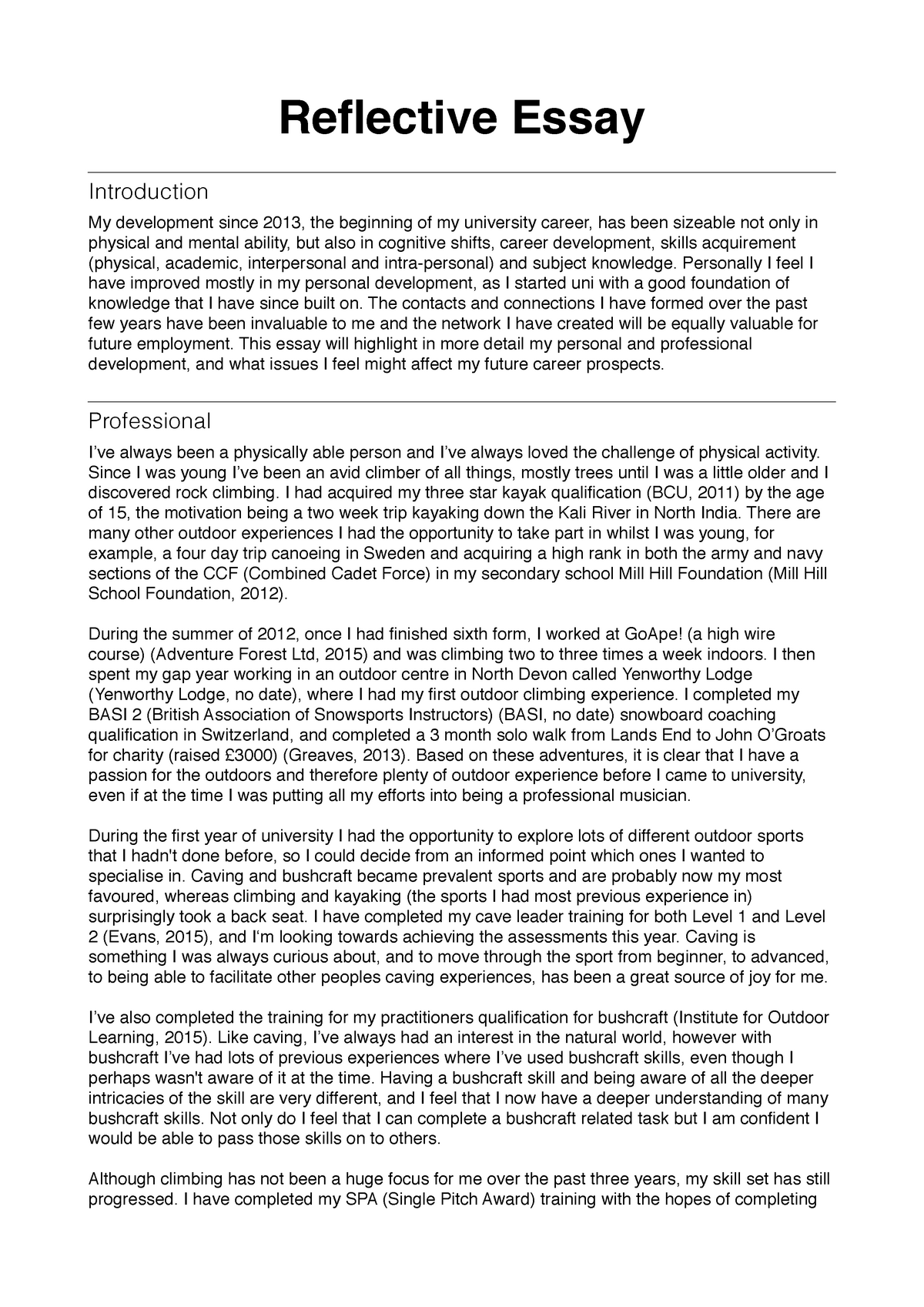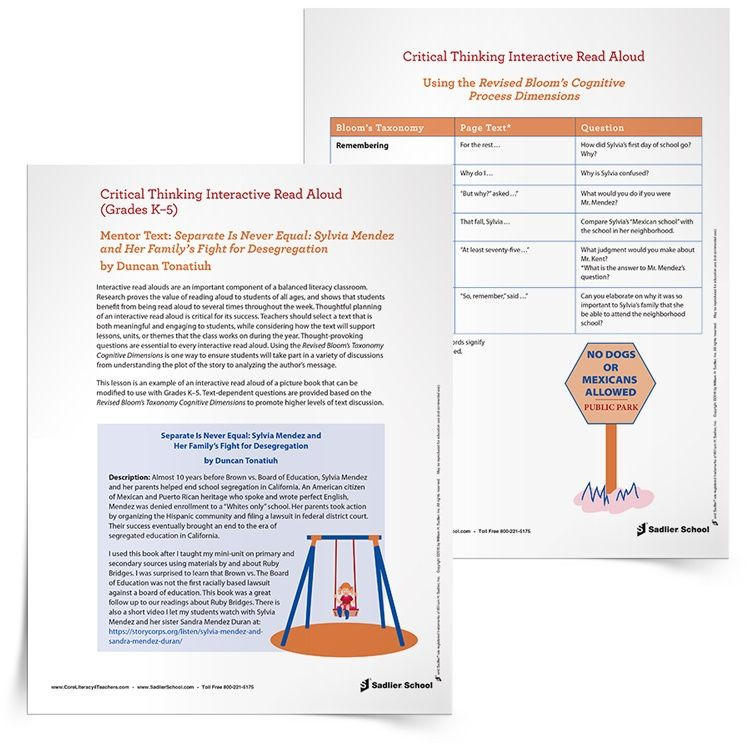
Sometimes we reflect out loud, as in when we discuss our reading habits, and other times it is done privately as we face hard truths about the choices that are holding us back. Some questions are tied in with an assignment, while other link to their human growth in order for the students to set their own goals and then reflect on how they are doing. I moved away from a focus on grades several years ago, and while I still have work within the confinement of a public school system that asks me to label students with a number, I have been able to decrease the importance of that number through self-reflection. Sometimes they come up for air only to realize that they do not like what the questions are making them understand, and other times they come up with a smile, eager to share how successful they feel. And yet, within in our quiet reflections is when I see my students take the largest leaps. As if the mere act of having students think to themselves is somehow a waste of time, after all, our classrooms are supposed to be bursting with life at all times. I always feel so guilty when my students are quietly reflecting. Her second book “Empowered Schools, Empowered Students” was published by Corwin:

#READ ALOUD LESSON PLAN REFLECTION EXAMPLES HOW TO#
Her book “Passionate Learners - How to Engage and Empower Your Students” has been published by Routledge. She opens up her educational practices and beliefs to the world on her blog and is also the creator of the Global Read Aloud Project, a global literacy initiative that since 2010 has connected more than 600,000 students. Mass consumer of incredible books, Pernille Ripp, helps students discover their superpower as a former 5th grade teacher, but now 7th grade teacher, in Oregon, Wisconsin. Today’s post features thoughts from Pernille Ripp, Sean Ruday, Jacqueline Darvin, Daniel Rechtschaffen, and Heidi Mills. You can find also see a list of, and links to, previous shows.

You can also listen to a ten-minute conversation I had with Mary and Barry on my BAM! Radio Show. Part One included responses several guests - Jenny Edwards, Jennifer Fletcher, Mary Tedrow, Barry Saide, William Himmele and Pérsida Himmele - contribute their ideas on how to practically implement reflection in the classroom. How can we incorporate reflection in the classroom?

(This is the last post in a two-part series.


 0 kommentar(er)
0 kommentar(er)
